Interested in getting a quote for your next project?
all-terrain test track
Carmel, Saskatchewan
Ensures your vehicle meets standards before market release by evaluating performance, durability, safety, and handling on 80 acres of rolling terrain.
Vehicle testing made easy in
realistic conditions.
PAMI operates an 80 acre all-terrain test track with additional area available for developmental durability testing. This expansive property consists of rolling terrain that provides a side slope, cross country trails, a fording pit, configurable test ramps, soft soil mobility, gravel pit and sand course.
An all-terrain test track is a critical asset for dedicated testing, providing controlled, consistent, and realistic conditions to assess vehicle performance, safety, and compliance. Key benefits include:
Performance Evaluation: Simulates a wide variety of terrain types—mud, gravel, rocks, steep inclines, and water crossings—to test vehicle handling, traction, and power.
Durability & Reliability Testing: Identifies weaknesses and wear points in real-world scenarios, enabling comprehensive life-cycle assessments.
Environmental Condition Simulation: Allows testing under different weather and surface conditions for cold starts, overheating, and wet braking.
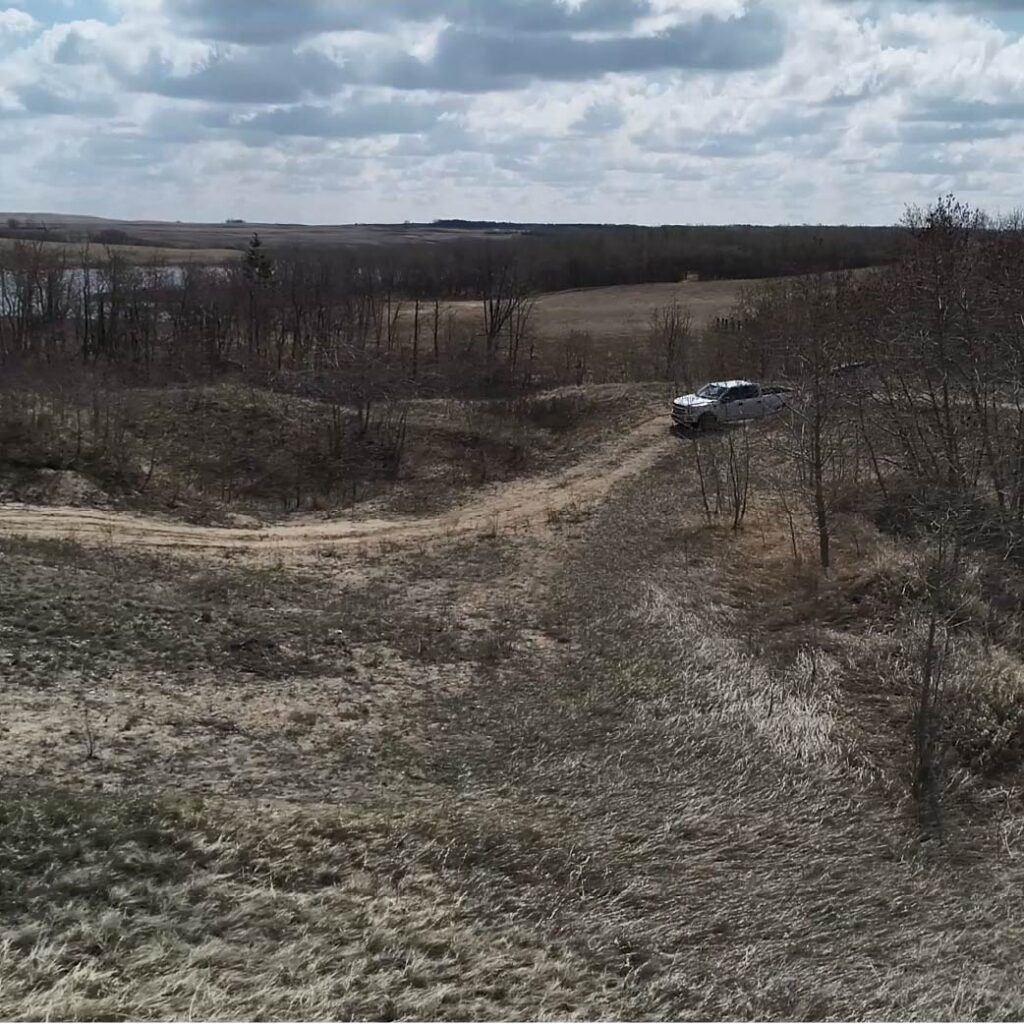
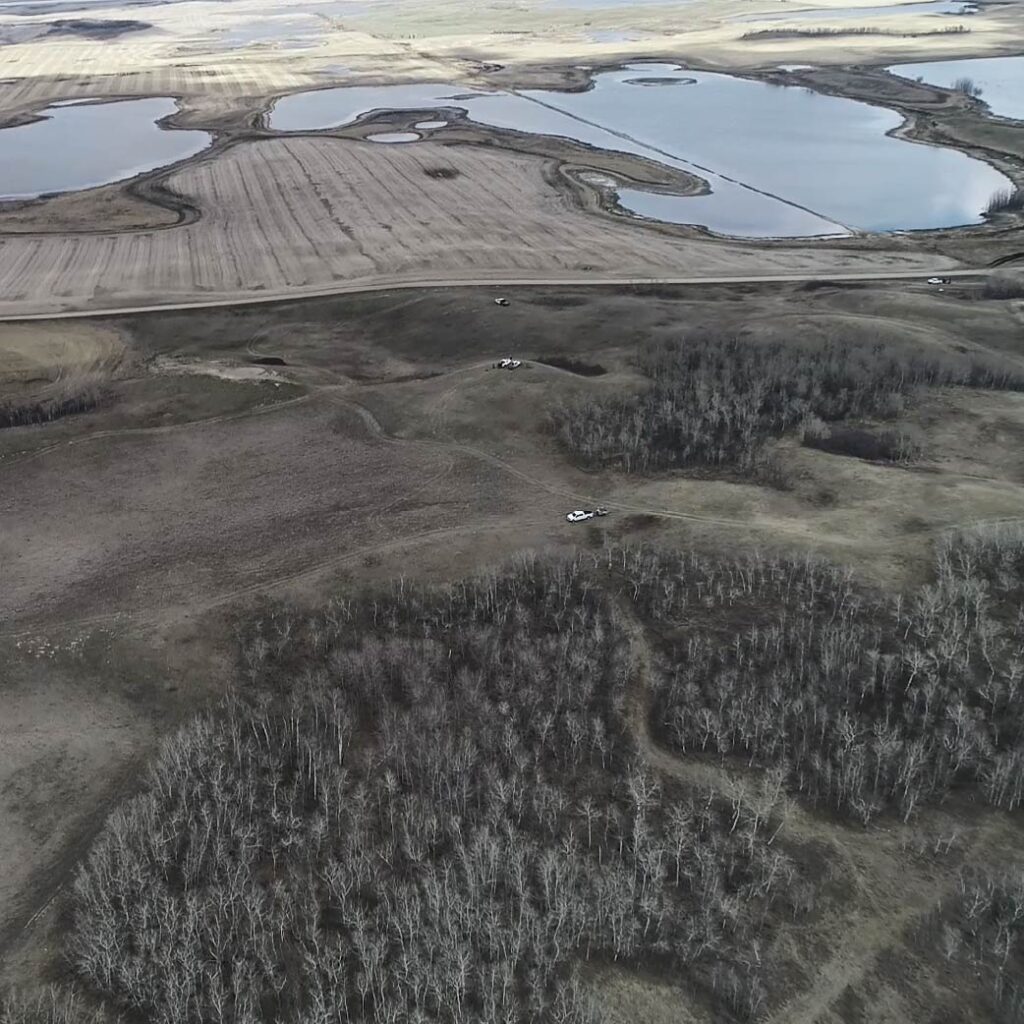
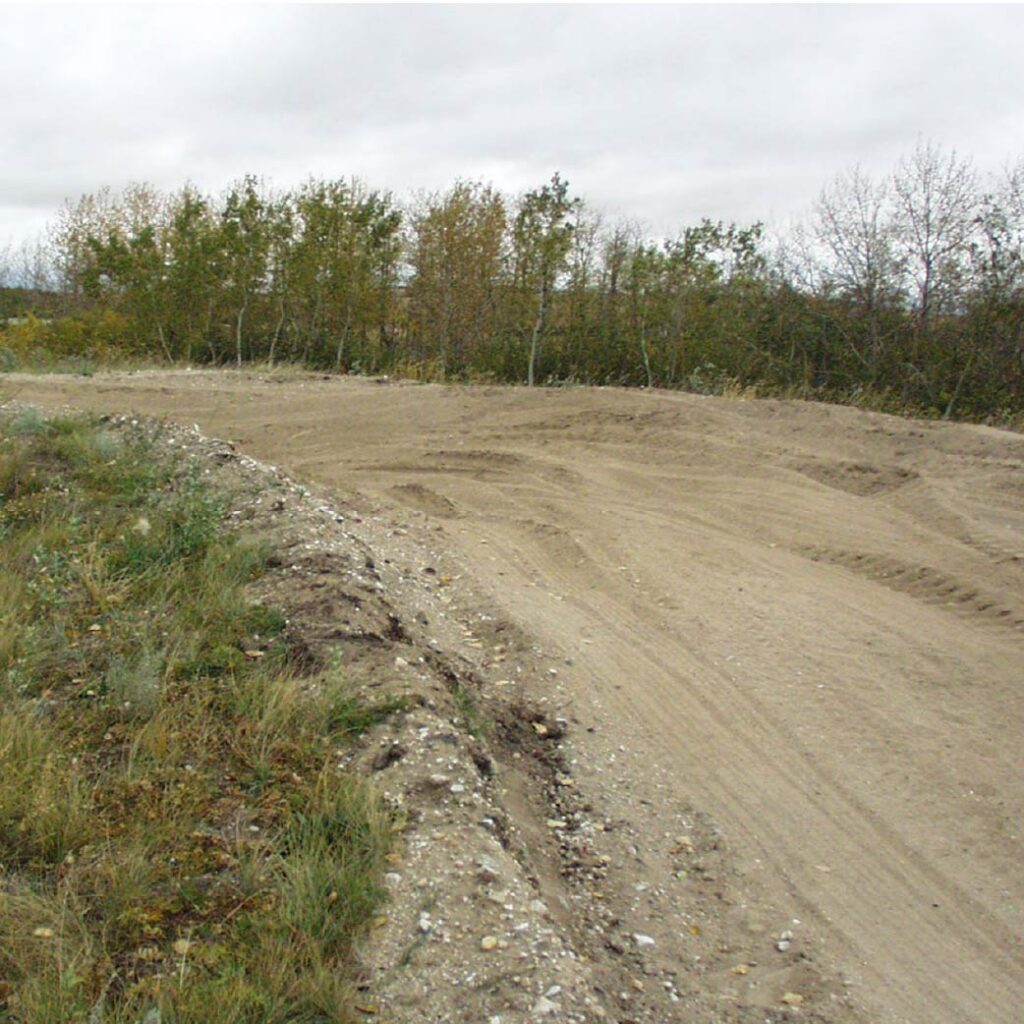
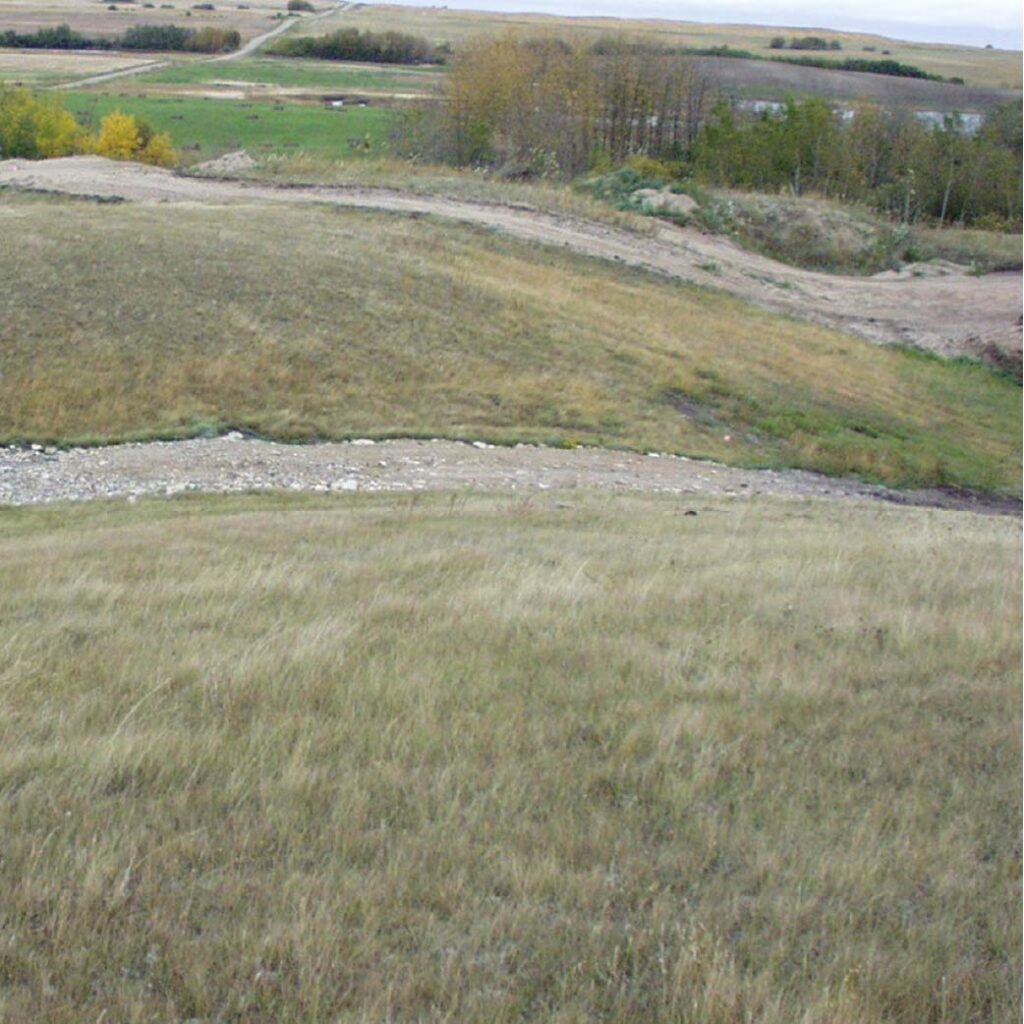
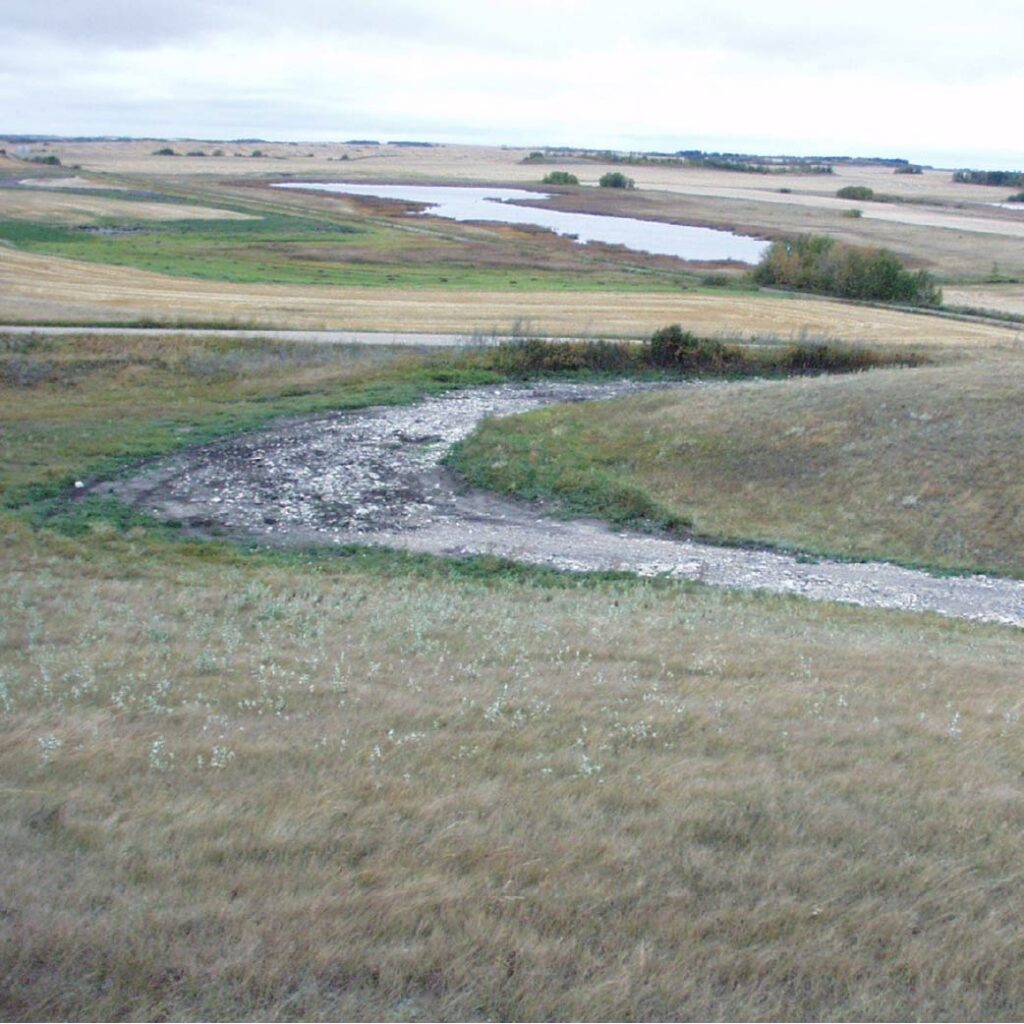
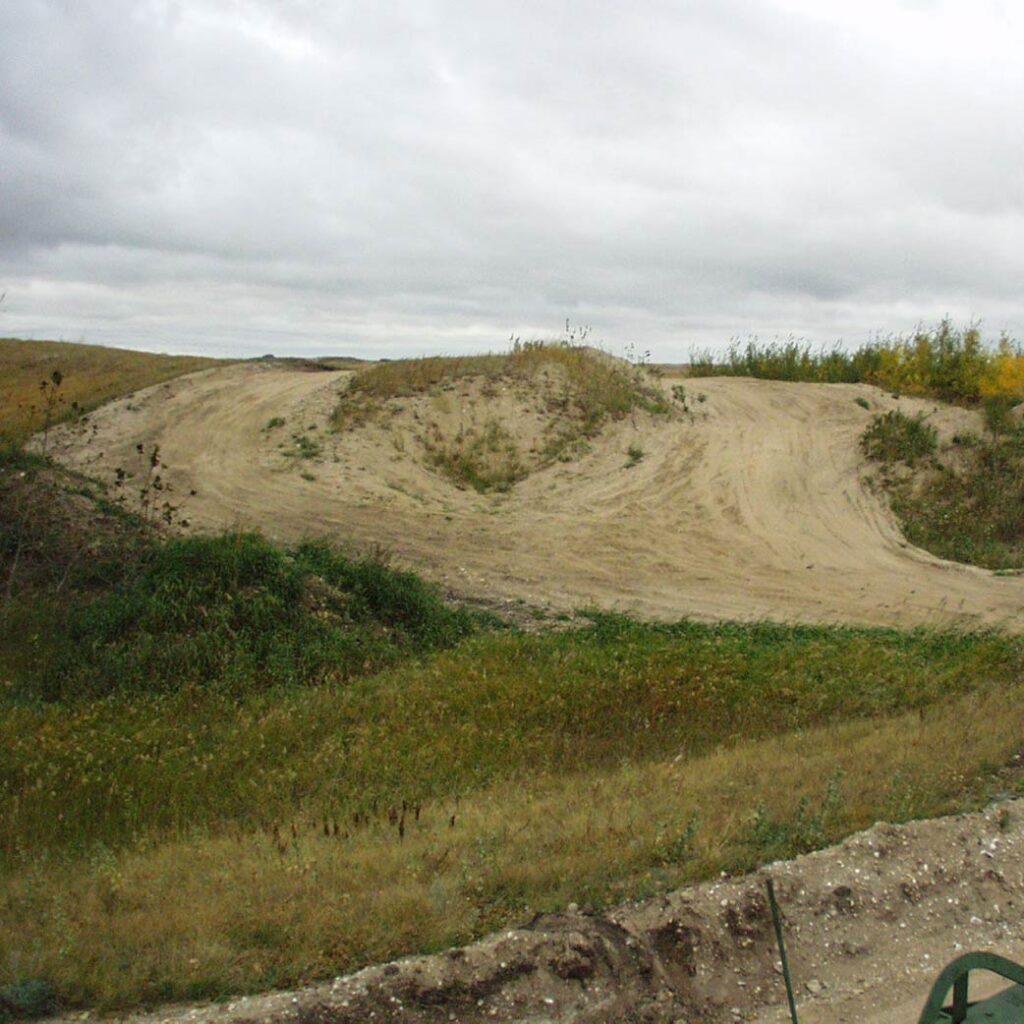
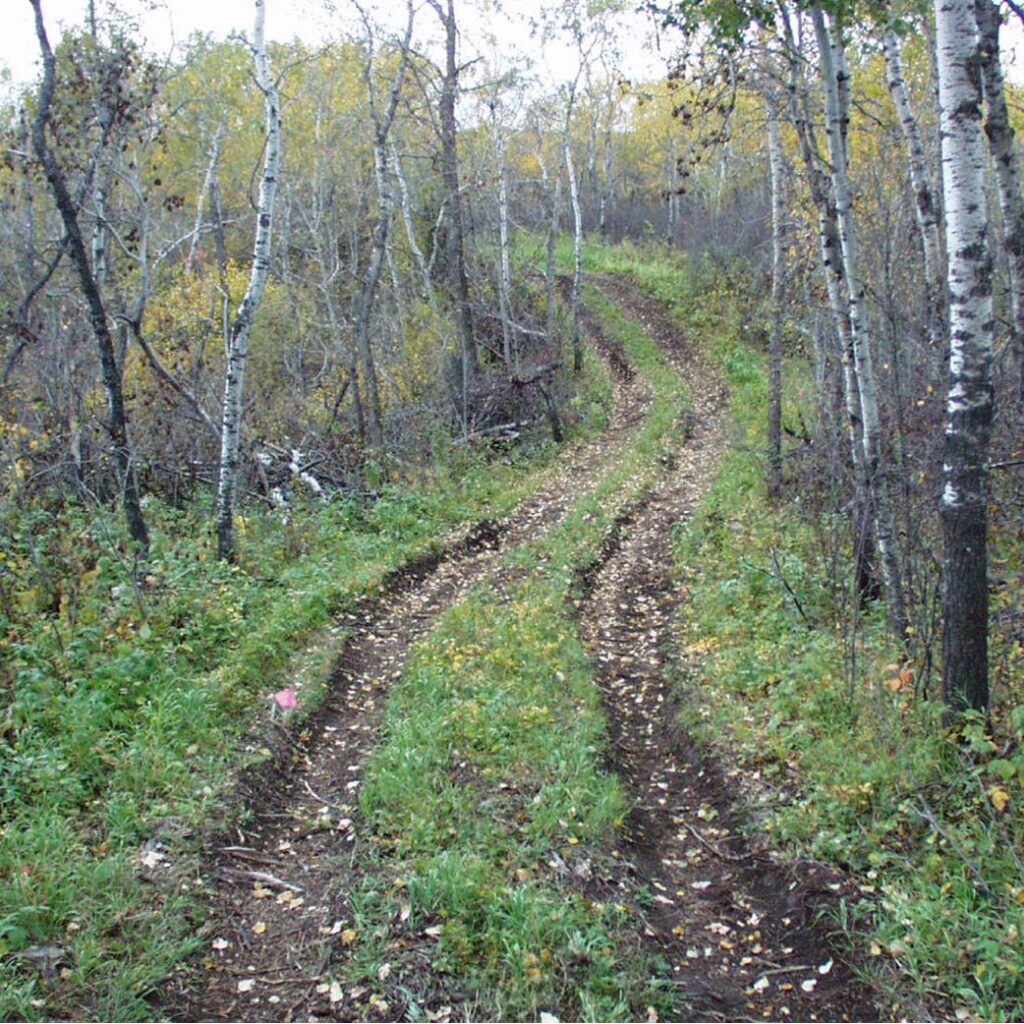
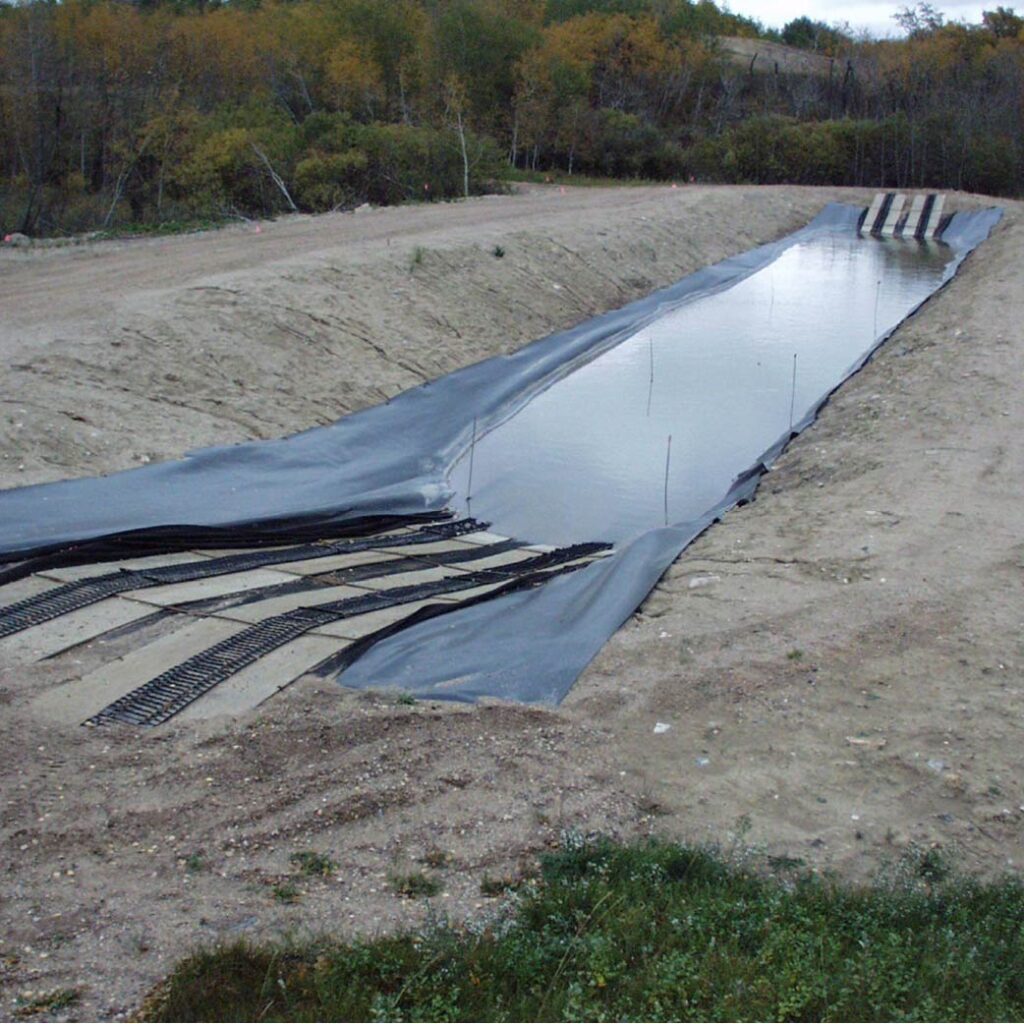
Trail and rock bed testing.
PAMI’s closed loop course is characterized by grades of up to 29%. It consists of rough, dirt bush trails covered by prairie soil, clay and grass. Operating speeds of up to 32km/hr can be attained. The average speed attained on this section provides totally random suspension inputs caused by driving over rocks that range in size up to 50 mm in diameter. the rocks are arranged in a rock bed to allow for rock shifting.
Consistent Terrain: Enable repeated runs under the same conditions, critical for comparative testing and engineering validation.
Benchmarking: Support side-by-side testing of different models or competitor products under controlled, repeatable conditions.
Bump track testing.
The configurable speed-bump obstacle course consists of five sections:
- Bump Track: Steel bumps are placed in reverse curves to impact wheels at various frequencies. This track is 45.7 metres long.
- Washboard Track: Steel bumps are placed on a 30 metre long washboard track. When used as a part of the endurance testing program, it provides a regular input series for the vehicle suspension. Variable frequency input can be obtained by varying speed.
- Static Washboard: Steel bumps are placed at 1.83m intervals. This section of severe washboard is used to evaluate vehicle pitching characteristics.
- Staggered Bumps: Steel speed bumps are placed out of sequence between each side of the vehicle on an 18 meter test strip. This section induces vehicle pitch and roll.
- Variable Bump Course: Bumps range from 100 – 150mm and are spaced far enough apart to allow the vehicle suspension to settle before the net bump is encountered. these bumps intersect the roadway at various angles. This section is used to impose shock and vibration stress on a vehicle in the form of irregular jolts.
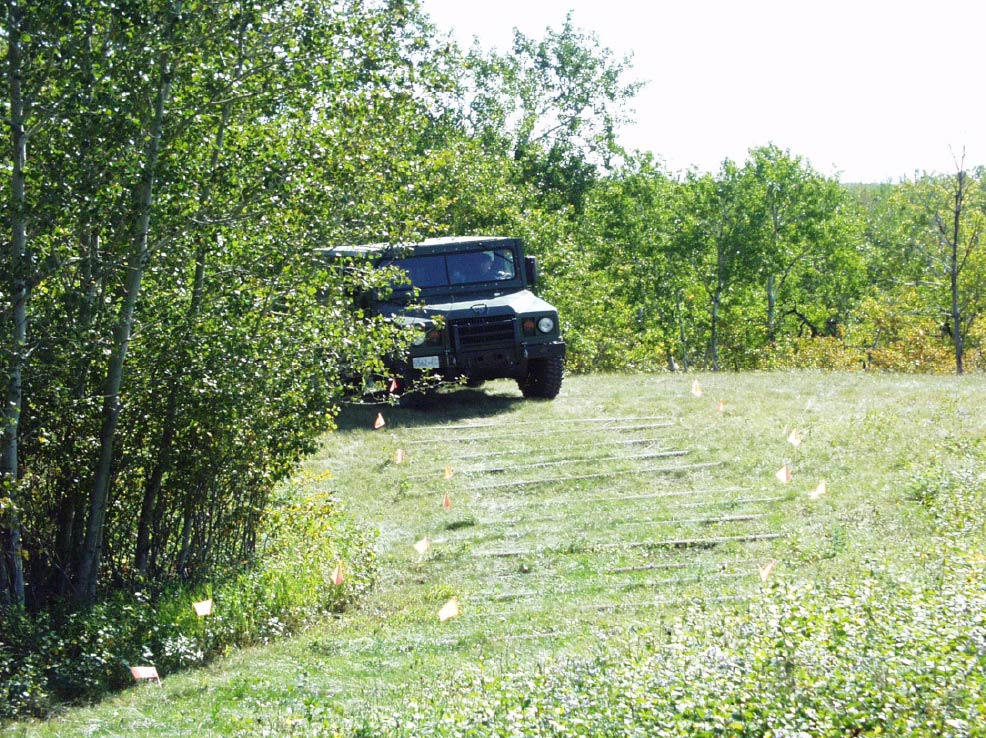
Testing for off-road innovations.
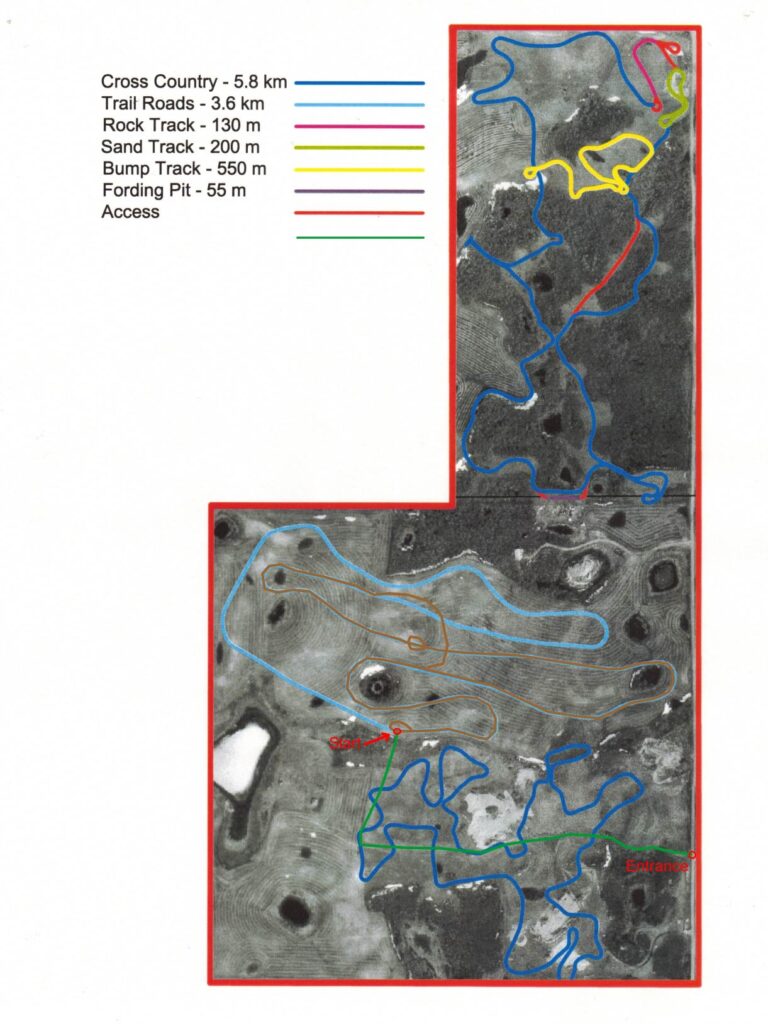
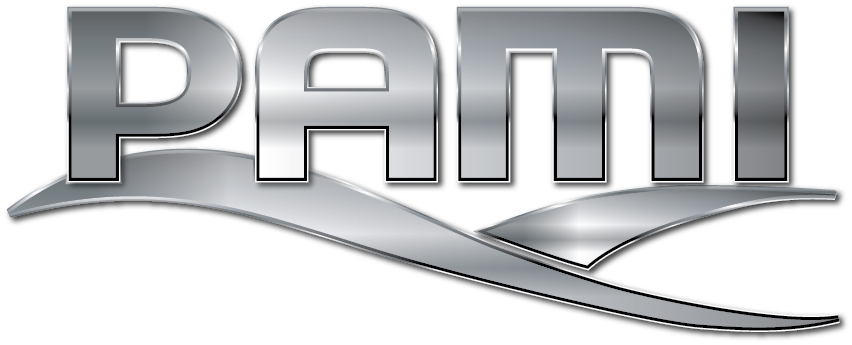
The PAMI test track consists of three separate off-road tracks, which are classified for use at average speeds of 15km/h and 45 km/h. The test area includes special track sections designed for various vehicle testing application.
There is a sand course for testing a vehicle’s sand travelling capabilities, a rock track that induces high frequency low amplitude excitation, a bump course with various amplitudes from 50 – 150 mm and various frequencies to test vehicle suspension systems, and a fording pit for determining vehicle fording capabilities up to 600 mm.
The test track is available to provide a wide range of terrain that will subject off road vehicles to realistic conditions that may be experienced in real world use.
This all terrain test track is a great platform for testing autonomous features, GPS tracking, smart diagnostics, and other innovations in off-road environments.
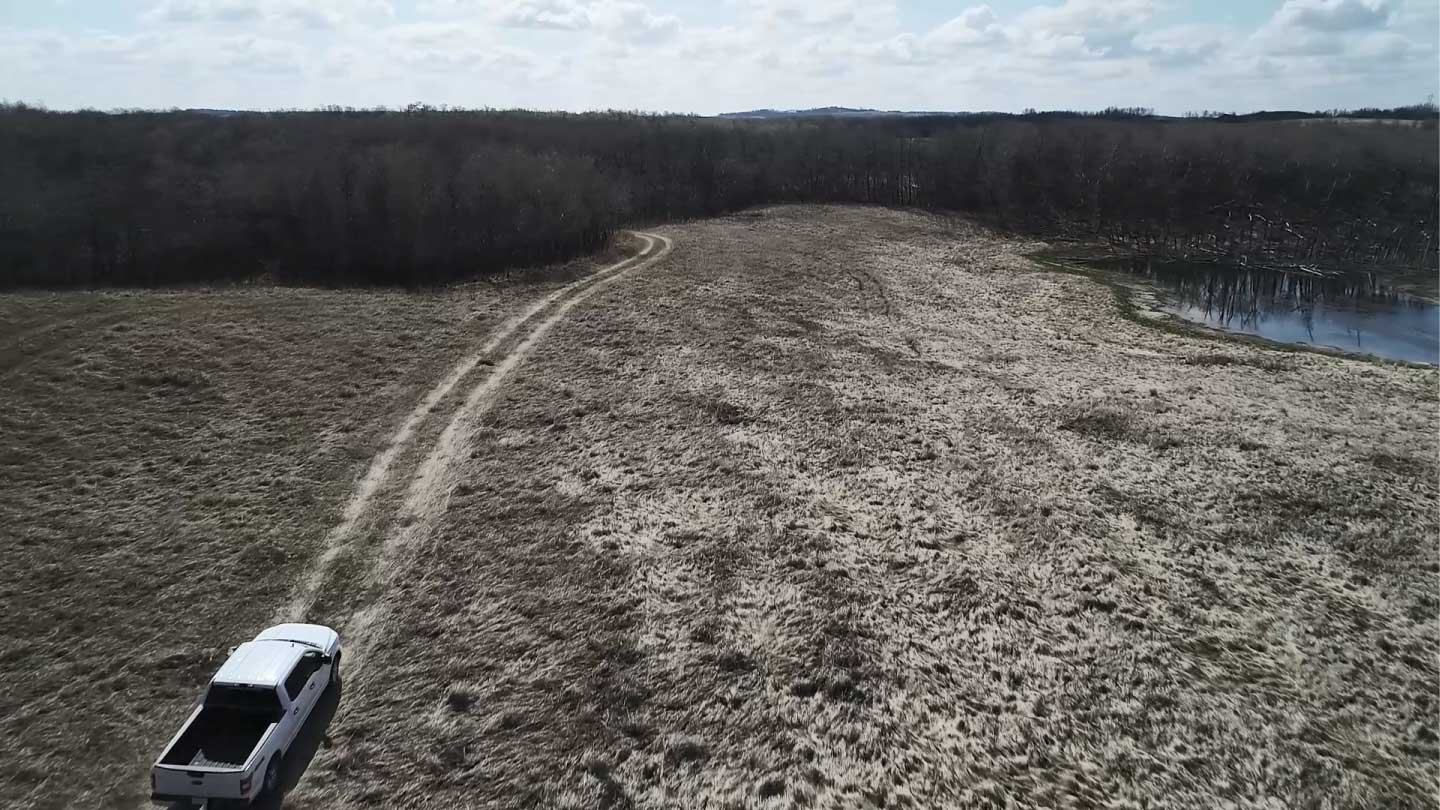
Vehicle testing to support research
and development.
Prototype Validation: Ideal for testing early-stage designs and experimental technologies before public release.
Innovation Testing: Facilitate development of features like traction control systems, off-road ABS, autonomous driving components, or smart diagnostics.
